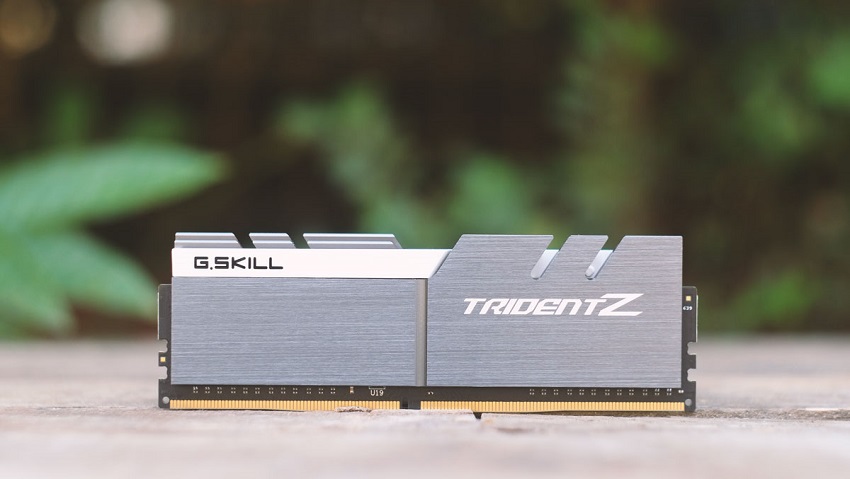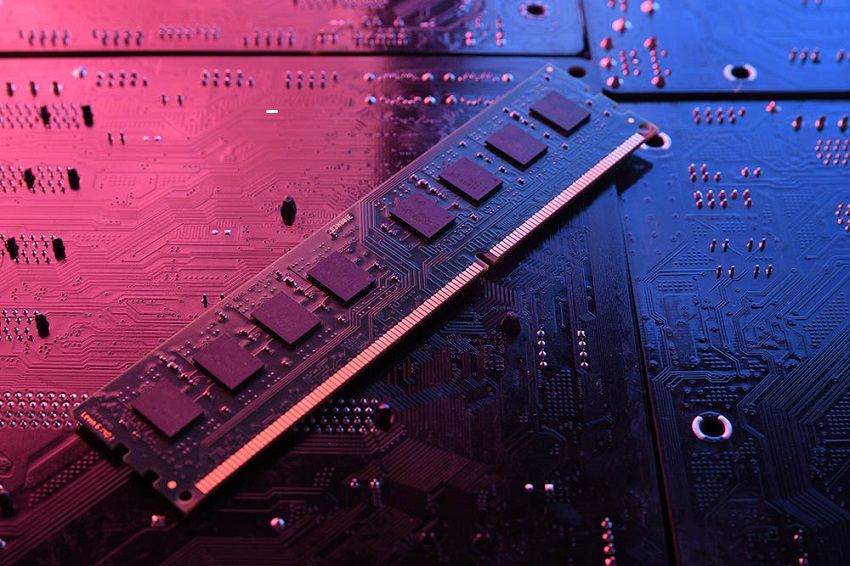In the world of computers and technology, there are numerous terms and concepts that can be quite perplexing to the average user. One such term is DRAM frequency. If you have ever wondered what DRAM frequency means and how it affects your computer’s performance, you have come to the right place. In this article, we will explore the intricacies of DRAM frequency in a simple and engaging manner, demystifying the topic for you.
Understanding DRAM Frequency
DRAM stands for Dynamic Random Access Memory, which is a type of computer memory used for temporary data storage. It is commonly found in personal computers, laptops, and other electronic devices. DRAM frequency, on the other hand, refers to the speed at which data can be transferred to and from the DRAM module.
DRAM frequency is measured in megahertz (MHz) and indicates how many cycles of data transfer can occur per second. The higher the DRAM frequency, the faster the data can be accessed and processed by the computer’s memory controller. This directly impacts the overall performance and responsiveness of your system, especially when it comes to memory-intensive tasks such as gaming, video editing, and multitasking. Explore the fclk frequency.
The Impact of DRAM Frequency on Performance
The DRAM frequency plays a crucial role in determining the speed and efficiency of your computer’s memory operations. A higher DRAM frequency allows for faster data transfer, reducing the time it takes for the CPU to access information stored in the memory. This results in quicker application loading times, smoother multitasking, and improved overall system responsiveness.
To put it simply, a computer with a higher DRAM frequency will be able to process and handle data more efficiently, leading to enhanced performance. However, it’s important to note that the benefits of higher DRAM frequency are most noticeable in situations where the computer is under heavy load or is running memory-intensive applications. For everyday tasks like web browsing and word processing, the difference in performance may not be as significant.
Considerations for DRAM Frequency
When it comes to DRAM frequency, there are a few key considerations to keep in mind. First and foremost, it is essential to understand that the DRAM frequency of your computer is determined by both the DRAM module and the motherboard it is installed on. Not all motherboards support the same range of frequencies, so it’s important to check the specifications of your motherboard before upgrading your DRAM.
Secondly, it’s worth noting that increasing the DRAM frequency may require adjusting other settings in your computer’s BIOS (Basic Input/Output System). Overclocking the DRAM frequency without proper knowledge and precautions can potentially lead to system instability or even hardware damage. If you are unsure about overclocking or making changes to your computer’s settings, it’s advisable to consult a professional or refer to the manufacturer’s guidelines.
Brands and Models with High DRAM Frequency
In recent years, advancements in technology have allowed for the development of DRAM modules with higher frequencies. Various brands offer high-frequency DRAM modules that cater to the needs of gamers, professionals, and enthusiasts who demand top-notch performance. Some popular brands known for their high-frequency DRAM modules include:
- Corsair
- G.Skill
- Kingston
- Crucial
- HyperX
These brands offer a range of DRAM modules with different frequencies to suit various computing needs. It’s important to research and choose a DRAM module that is compatible with your motherboard and meets your performance requirements.
Conclusion
DRAM frequency plays a vital role in determining the speed and efficiency of your computer’s memory operations. A higher DRAM frequency results in faster data transfer and improved overall system performance. However, it’s important to consider factors such as motherboard compatibility and proper settings adjustment before upgrading your DRAM frequency. By understanding the impact and considerations related to DRAM frequency, you can make informed decisions when it comes to optimizing your computer’s performance.
FAQs (Frequently Asked Questions)
Does increasing DRAM frequency improve gaming performance?
Yes, increasing DRAM frequency can have a positive impact on gaming performance, especially in memory-intensive games that require quick data access and processing.
Can I mix different DRAM frequencies in my computer?
It is generally recommended to use DRAM modules with the same frequency to ensure optimal compatibility and performance. Mixing different frequencies may lead to compatibility issues or limited performance benefits.
What are the other factors that affect computer performance?
Apart from DRAM frequency, factors such as CPU, GPU, storage type, and software optimization also contribute to overall computer performance.
Is overclocking DRAM frequency safe?
Overclocking the DRAM frequency can potentially improve performance but requires caution and knowledge. It may void warranties and could lead to system instability or damage if not done correctly.
How can I check the DRAM frequency of my computer?
You can check the DRAM frequency of your computer by accessing the BIOS or using system monitoring software that provides detailed hardware information.


